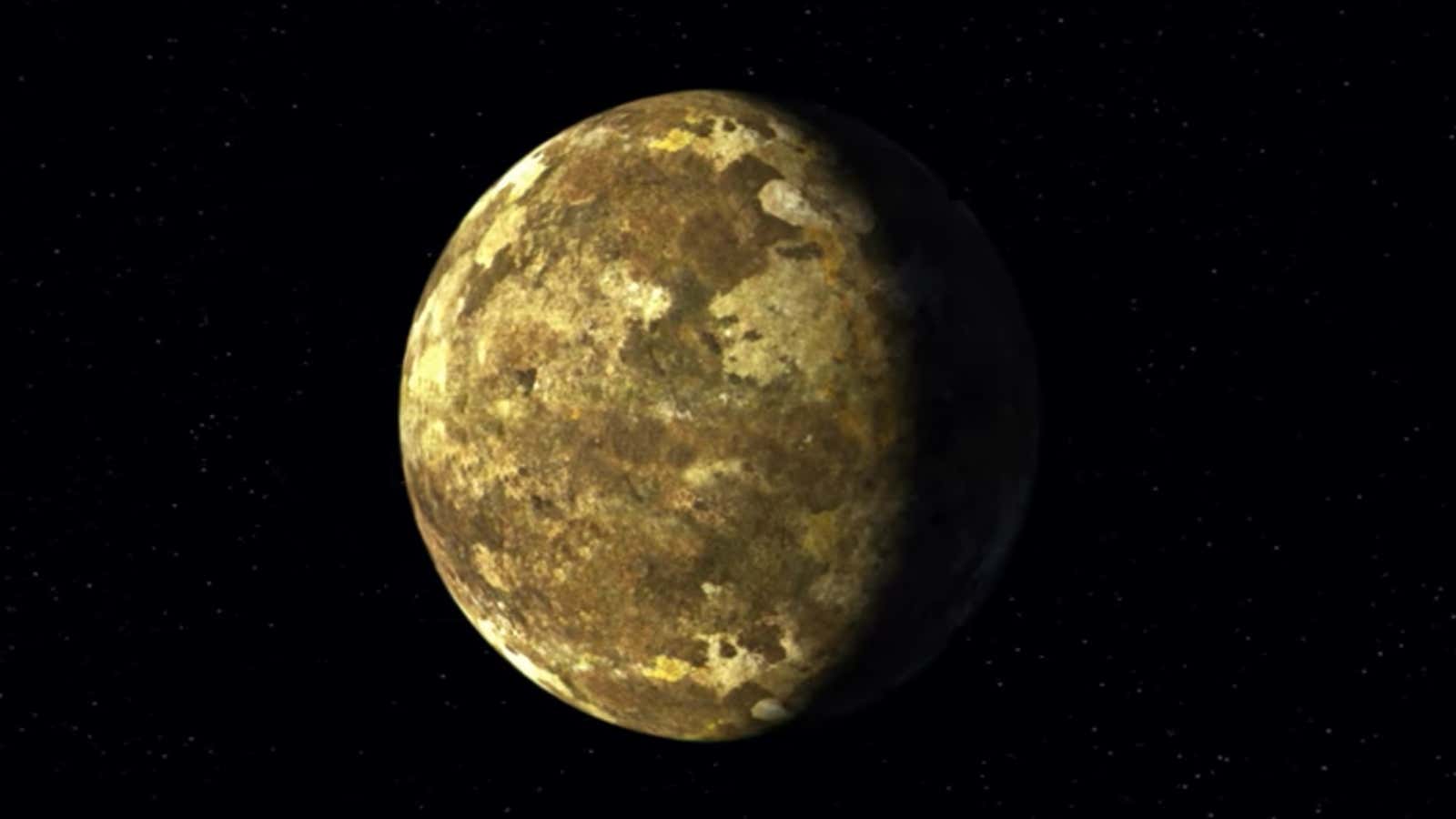The Kepler Space Telescope is pretty good at finding exoplanets. Researchers have already used the NASA spacecraft to discover more than 3,000 different exoplanets—including several this year that could be home to life (or even us).
Leave it to Google to make Kepler even better.
Today (Dec. 14), researchers from NASA and Google announced they have created something that makes Kepler even more efficient at finding planets: machine learning. Chris Shallue, a senior software engineer at Google, teamed up with Andrew Vanderburg, a NASA astrophysicist currently at the University of Texas at Austin, to teach a computer how to find signs of exoplanet existence that researchers using Kepler previously missed.
When scientists hunt for an exoplanet, they look for dips in the brightness of far-away points in space that otherwise look like stars. These dips represent moments when exoplanets cross in front of the stars to which they’re gravitationally tethered. A planet is usually just a tiny speck in front of its sun, and they’re only in front of them for brief periods of time. As you’d imagine, it’s quite difficult to spot these brief differences in brightness.
The program that Shallue and Vanderburg built finds dark blips from Kepler’s data that researchers had previously failed to find—and it has already turned up two new exoplanets: One, called Kepler-90i and one called Kepler-80g. The team has written a paper (pdf) on their findings that has been accepted in the Astronomical Journal.
Since its launch in 2009, the Kepler Space Telescope has taken 14 billion images of 200,000 stars at different points in time. In October 2016, Shallue, who is interested in astronomy, decided to use about a fifth of his time at work (Google calls it 20% time, and allows its employees to pursue a pet project during those hours) to find a way to use machine learning to more quickly cipher through Kepler’s data. Thus, he teamed up with Vanderburg to begin the AI hunt for exoplanets. They trained a computer to spot differences in the brightness that are unique to exoplanets (instead of various kinds of stellar activity) using 15,000 measurements points from Kepler. “We got lots of false positives of planets, but also potentially more real planets,” Vanderburg said in a NASA’s release.
Once they established that their program could accurately pick out exoplanets, they ran it on 670 stars that were known to have at least two exoplanets, in the hopes that it could find more that had been previously missed. Their trained algorithm spotted two more planets that had slipped under the radar. Keplar-90i is the eighth planet of a solar system, which it the only other known solar system to have as many planets as ours. In the Keplar-90 system, all the planets are squished in closer to their sun than Earth is close to ours. It’s a rocky planet 30% bigger than Earth, but with surface temperatures around 800°F (424°C), so unlikely to harbor life. Kepler-80g is Earth-sized in a synchronized orbit with the other five planets around its star.
AI has already proven useful in other fields of astronomy where the name of the game is wading through billions of data points. Shallue will continue to work on this project during his 20% time. He and NASA scientists plan to use this type of machine learning to find other exoplanets within Kepler’s existing data on 150,000 other stars. Ideally, they’ll even improve their model to more accurately predict the number of Earth-like planets in the Milky Way, a spokesperson from Google told Quartz, which would speed up the search for extra-terrestrial life.




